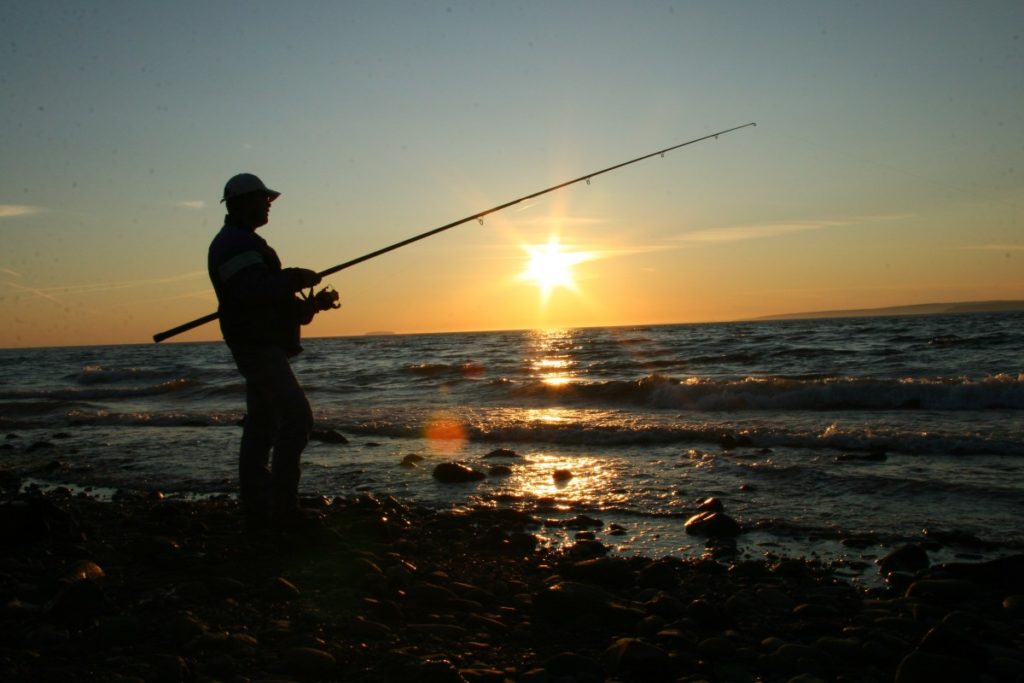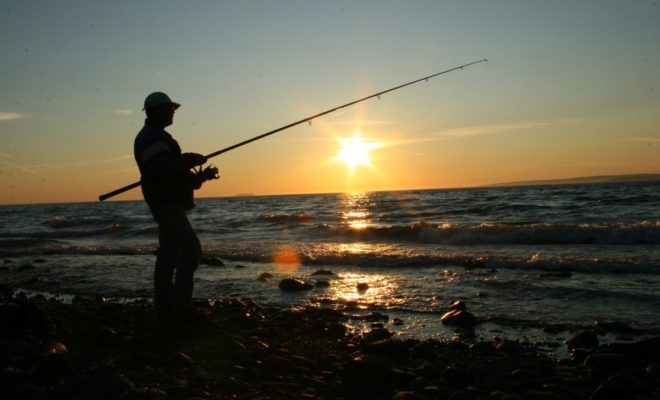How to Fish the Tides: Use Tides, Currents and Water Movement to Your Advantage
Posted
Last Updated
By Sam Hudson
While crossing off a pre-fish to-do list chock-full of packing, rigging and loading, too many anglers are laissez faire about checking the tides. That’s a big blunder: Don’t expect positive results at your favorite flat during the wrong tidal stage. Exploiting local tides and currents is essential to strategize the day’s fishing, which could be a key difference between catching or going for a boat ride. It takes little time to check tide tables online or on a phone app.
The gravitational pull of the moon and sun drives tides, forcing water up or down over a period of the time. Low tides reveal structure such as jetty rocks, sea grass, pilings and oyster beds; high tides flood those fish aggregators. Current moves water in specific directions; currents can be driven via tide, wind or even waters of different densities abutting each other. All summed up, currents and tides create water movement, and understanding how that movement causes fish to react dramatically increases your chances of success.
Don’t Fight the Current
The most important factor to remember with water movement is that fish want to conserve energy, so they rarely fight to swim against the current. (Consider this, would you rather walk up or down a mountain?) That means fish swim simpatico to water movement both offshore and inshore, or hang in eddies or behind structure such as pilings or points to escape flow.
A textbook example of fish behavior affected by water movement can be seen in how ocean-run salmon enter Alaska’s Kenai River in June and July. Kings enter the river via Cook Inlet on high tides because it’s far easier to swim through the river mouth and flood upstream with the tidal flow. Energy conservation is vital, especially for loaded salmon.
“We see more salmon enter the Kenai River on our neap high tides than during our spring high tides,” says Capt. Jimmie Jack Drath, of Kenai River, Alaska. “This is due to the salmon having difficulty entering on a [spring] tide when the inlet is rushing like a river; spring tides in Cook Inlet create a vertical difference of up to 30 feet in a six-hour tidal phase.”
Read More at sportfishingmag.com


